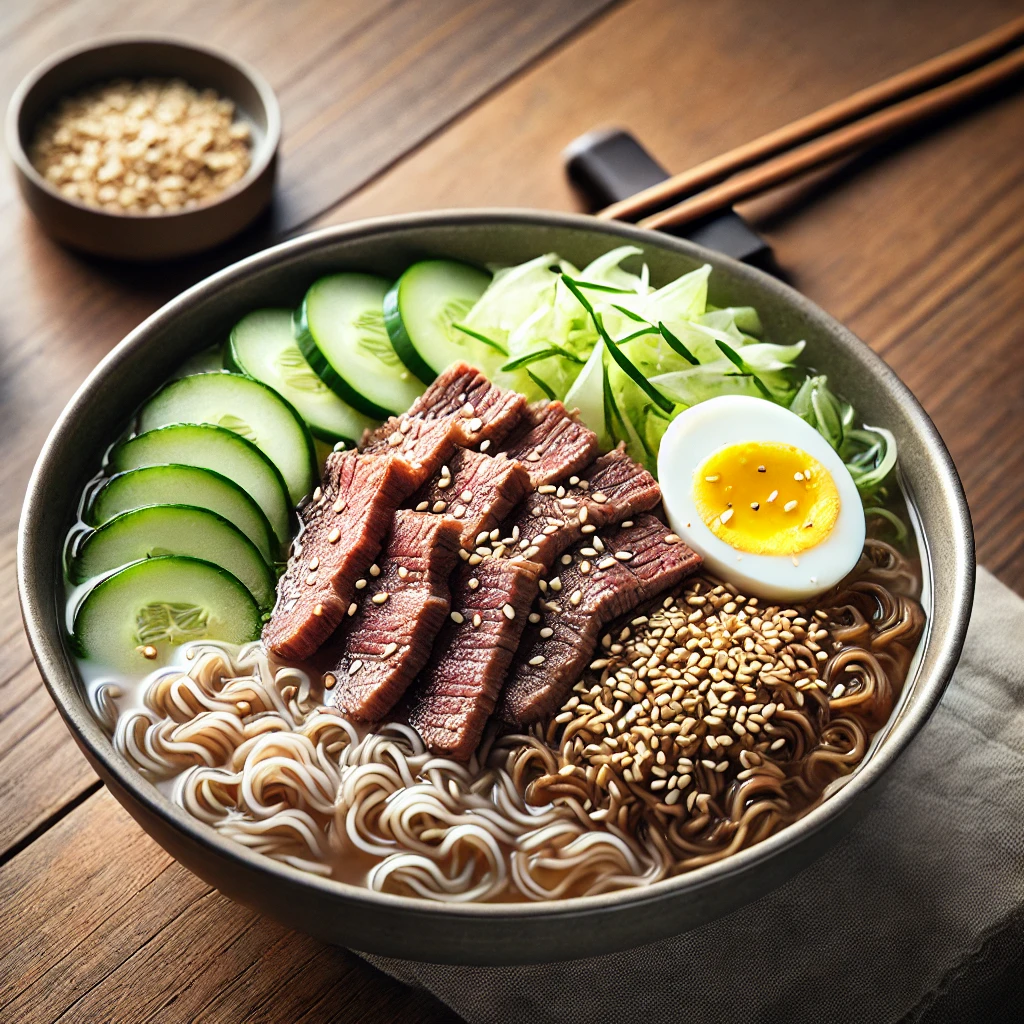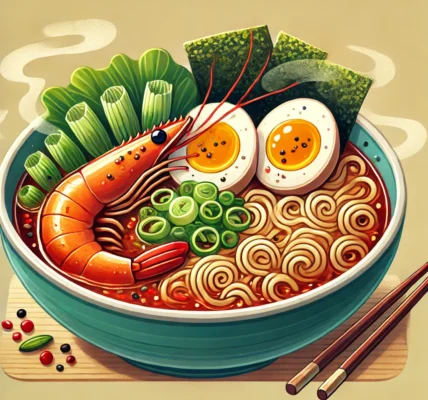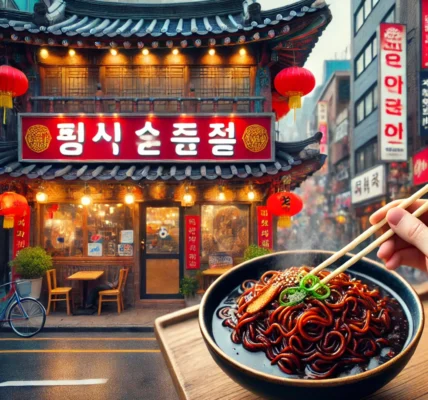Why Pyongyang Cold Noodles Are So Expensive
The Iconic Dish: Pyongyang Cold Noodles
Pyongyang cold noodles, or Pyeongyang Naengmyeon as they are called in Korea, have long been regarded as a traditional delicacy. This cold noodle dish, which originated in North Korea, has made its way into the hearts (and stomachs) of many people worldwide. While it may seem like a simple dish, the cost of a bowl of Pyongyang cold noodles often surprises people. Prices can range from 14,000 KRW (approximately $12) and above in reputable restaurants. But why is this noodle dish so expensive?

A Rich History and Cultural Significance
To understand the price tag of Pyongyang cold noodles, one must first appreciate the history and cultural value of the dish. Traditionally consumed during the winter months, these noodles have been around for centuries and were originally a comfort food for people in the Pyongyang region. Today, it is considered a must-try dish for those seeking an authentic Korean dining experience.
Pyongyang cold noodles are more than just a meal. For many older Koreans, it represents nostalgia—a connection to their cultural roots and the simpler times of the past. Over time, this humble dish evolved into a symbol of high-quality, traditional Korean cuisine. As a result, the demand for authentic Pyongyang cold noodles has only increased, pushing up its price.
The Ingredients: High-Quality Buckwheat and Premium Beef
One of the main reasons Pyongyang cold noodles are so expensive is the ingredients used to make them. Unlike typical wheat noodles, Pyongyang cold noodles are made primarily from buckwheat, a less common and more costly ingredient. Buckwheat is more difficult to grow and harvest compared to wheat, making it rarer and pricier.
In Korea, domestic buckwheat, which is considered the best quality, is in limited supply. Farmers prefer to grow crops that yield higher profits, which makes buckwheat even scarcer. Additionally, since buckwheat noodles do not contain gluten, they require special techniques to knead and cut, further increasing the cost of production.
Another essential component of Pyongyang cold noodles is the broth, traditionally made from beef stock. High-quality beef, such as brisket or ox bone, is simmered for hours to create a rich, flavorful broth. This process requires a significant amount of time and effort, as well as premium cuts of beef, contributing to the overall cost of the dish.
The Craftsmanship: A Labor of Love
The preparation of Pyongyang cold noodles is an art form. It’s not just about mixing ingredients; it’s about achieving the perfect balance of texture and flavor. Skilled chefs spend years mastering the technique of making these noodles. The noodles are hand-pulled, creating a distinct chewy texture, and the broth must be carefully seasoned to bring out the delicate flavors of the beef and buckwheat.
In fact, Pyongyang cold noodles have a unique taste that sets them apart from other Korean noodle dishes. While they may seem mild or even bland at first, the depth of flavor becomes more apparent with each bite. This complexity in taste is what makes it a cherished dish, especially among food enthusiasts who appreciate the subtleties of Korean cuisine.
The Rising Popularity Among Young Koreans
Although Pyongyang cold noodles have historically been favored by older generations, younger Koreans have recently developed a taste for the dish. This renewed interest is partly due to the health-conscious trend of choosing less processed foods. Pyongyang cold noodles, made from buckwheat and served with a light broth, fit the bill for those looking for a healthier dining option.
The rise in popularity among younger demographics has also led to increased demand, which naturally drives up prices. Some restaurants have even capitalized on the trend by marketing their noodles as a luxury dish, complete with premium ingredients and elevated dining experiences.
Economic Factors: Importing Buckwheat and Rising Labor Costs
Another reason for the high cost of Pyongyang cold noodles is the economic factors at play. Since domestic buckwheat is in limited supply, many restaurants rely on imported buckwheat from countries like China or the United States. Importing ingredients comes with additional costs, including transportation fees, tariffs, and currency fluctuations, all of which contribute to the price of the final dish.
Additionally, labor costs in Korea have been steadily rising. As restaurants aim to maintain a high level of craftsmanship in preparing these noodles, they must employ skilled chefs who are experts in traditional Korean cuisine. The cost of skilled labor is higher, and this is reflected in the price of the dish.
The Influence of Modern Dining Culture
In recent years, the concept of “fine dining” has extended beyond just Western cuisine. Many traditional Korean dishes, including Pyongyang cold noodles, have been given the fine-dining treatment. Restaurants have started offering these noodles in a more refined setting, with carefully crafted side dishes and attention to presentation. This shift towards luxury dining has further justified the higher prices, as customers are not just paying for the food but also for the overall dining experience.
Conclusion: Is It Worth the Price?
Given the labor-intensive process, the use of premium ingredients, and the cultural significance of the dish, it becomes clear why Pyongyang cold noodles carry a hefty price tag. For many, the price is justified by the unique taste, craftsmanship, and history behind the dish.
For those who appreciate traditional Korean food and are willing to pay for an authentic dining experience, Pyongyang cold noodles are worth every penny. However, for others who are more accustomed to modern or Western-style dining, the cost may seem excessive for what is perceived as a simple noodle dish. Regardless, Pyongyang cold noodles remain a beloved part of Korean culinary heritage, and their continued popularity shows no signs of waning.













